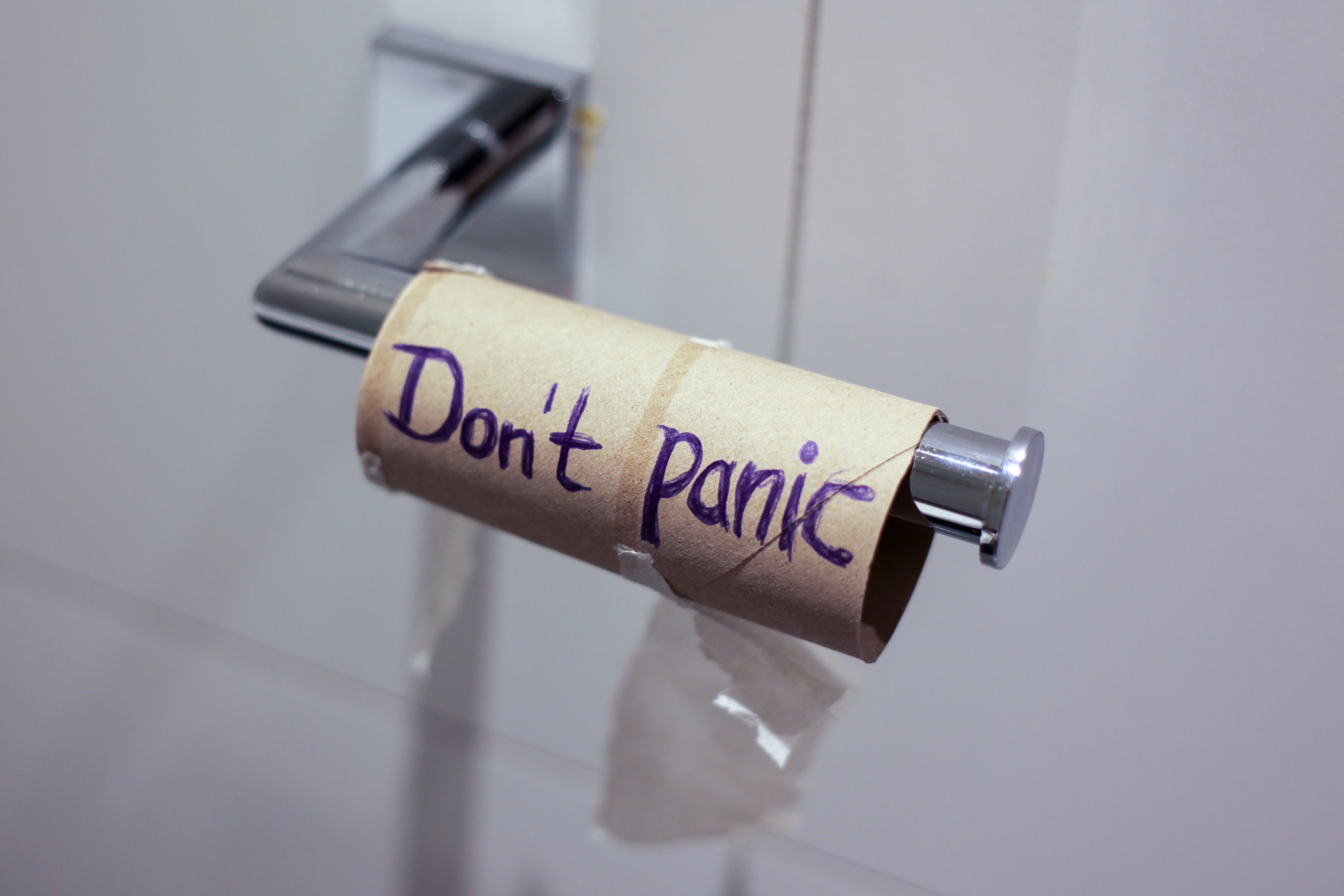Problem-solving, emotional intelligence, and critical thinking hit the panic fan

Throughout my experience, solving a problem and overcoming a challenge has needed multiple aspects of my skill and attributes to be able to come up with a long-term, scalable solution that has considered a multitude of scenarios and how to adapt to them. It is important to understand why and how the problem got to where it is in the first place, before jumping to the first, easiest, and most cost-effective solution. We need to consider every aspect and event that triggered the problem and every aspect and scenario path forward, not to mention the ramifications of each path. To do as such, we need to be calm and grounded to be able to think clearly without bias and undue influence. In order to have such balance, we need to leverage our emotional intelligence as well as critical thinking to sift through the chaos and be able to outline various options and paths forward.
In these strange and difficult times of crisis, we need emotional intelligence, balance, and critical thinking, even more than before, to be able to deal with issues and solve problems. Let’s consider the elusive toilet paper supplies people have been encountering for the past few weeks. Toilet Paper is the first item that people panicked at the thought of running out of and started acquiring as much as they could find. It was purely based on emotional fear reaction and decision. In turn, this caused issues and impacted everyone else. Even though it would not have been an issue for any given period of time if the demand was not overwhelming the supply.
Before we look at the supply chain, let’s look at why the immediate panic ensued. In the recent decade or so, we have been outsourcing our decision making as much as we can because we are being bombarded with data and information and have been offloading things to our devices and others to alleviate some of it and enable us to focus on items we need and like. This new outsourcing of our decision-making has led us to where we no longer fully rely on ourselves to know what’s best or sift through the noise and chaos to have a clearer view of what we are facing. The reliance we have on technology for every part of our daily lives has primed the optimal environment for any deviation or ripple to trigger perceived major upheaval and companies to take advantage of profit off of. By not being able to process sudden changes with a clear perspective to review things without any emotional reaction, we’re unable to make the correct decisions. This leads us to propagate the challenges into other aspects of our environment. It is imperative to be able to stay calm and grounded so we can think through the challenges that come up and assess what the immediate impact is and what the impact will be down the line. Try to figure out how can we adapt and adjust in the short term to solve for the long term.
Let’s look at the supply chain and see why and how it was not able to sustain or adapt as quickly. When you review the normal demand prior to January 2020, the retail stores and manufacturers were looking at their supply chain reports and big data analytics to predict purchase patterns and orders. Their goal was to produce just enough to satisfy the demand but also keep inventory low, keeping costs down to a minimum without having any insights or patterns in the case of a major shift in this flow. So the retail owner/manager did not have any recovery plan for such a deviation nor did the manufacturer, nor did the transportation/delivery company/team. So, combined with the fear and panic that triggered the unnecessary spike in demand, the systems failed to adapt and recover due to a lack of insight/foresight, proper planning, and adaptably/agility. Not to mention the retail owners and managers as well as the manufacturer and transportation teams panic, rendering them unable to quickly adapt to the situation.
